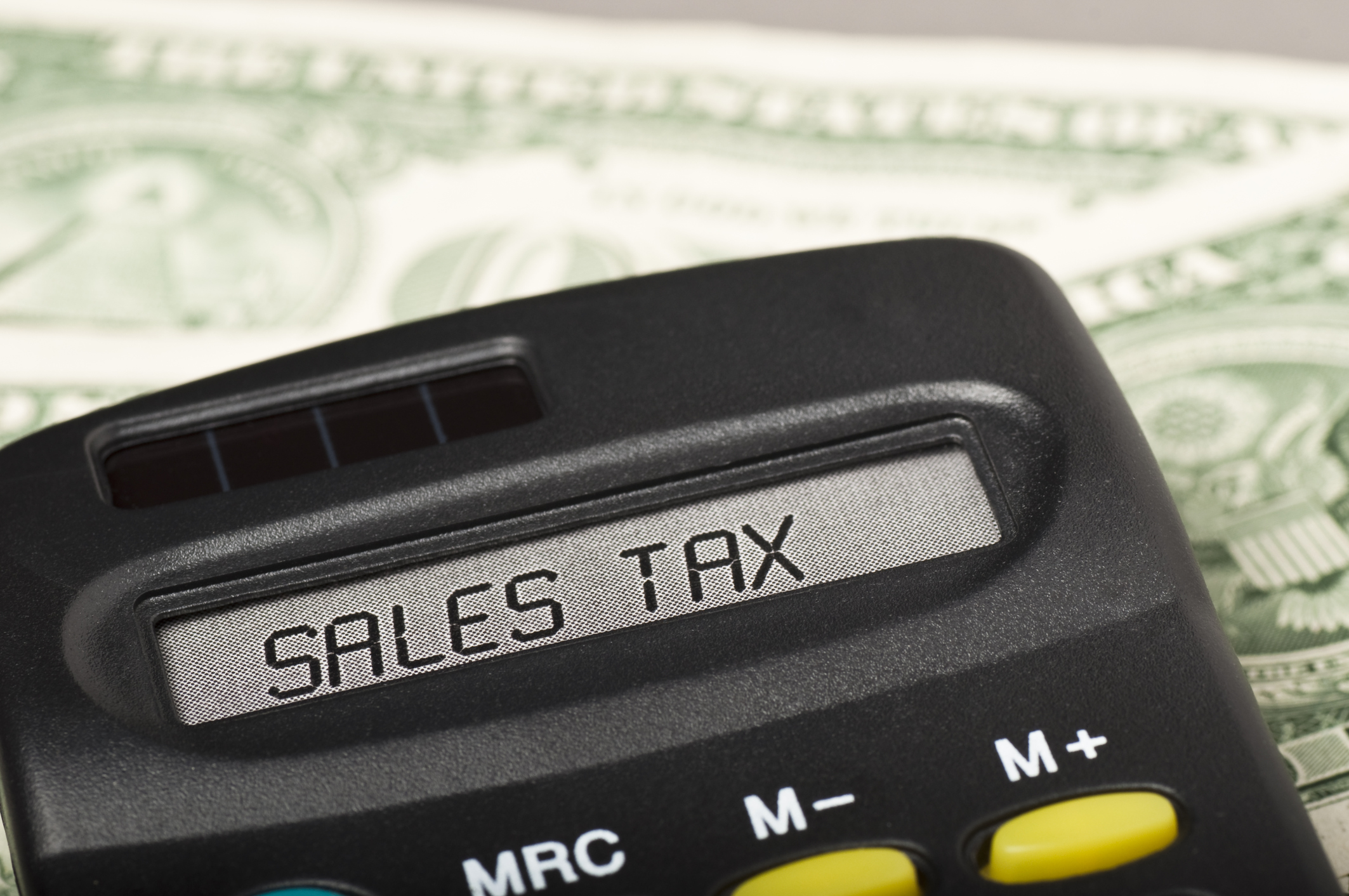Sales Tax
The Difference Between Origin and Destination Sales Tax
As a seller, it is important to know whether you are located in an origin-sourced state or a destination-sourced state. Most states and Washington, D.C., are destination-based. The 11 origin-based states are:
Sep. 19, 2016

When small businesses aren’t aware of the nuances of sales tax law, they can increase their chances of audit, fines and repayment. Because many small businesses have such limited resources, this can hit them harder than it would for larger businesses.
One of the key areas to know when it comes to sales tax is “sourcing,” which means the location where a sale is taxed. Origin-sourced sales are taxed where the seller is located, while destination-sourced sales are taxed at the location where the buyer takes possession of the item sold.
As a seller, it is important to know whether you are located in an origin-sourced state or a destination-sourced state. Most states and Washington, D.C., are destination-based. The 11 origin-based states are:
Arizona, California, Illinois, Mississippi, Missouri, New Mexico, Ohio, Pennsylvania, Tennessee, Texas, Utah and Virginia. California is mixed: City, county and state sales taxes are origin-based, while district sales taxes (supplementary local taxes) are destination-based.
Sales within origin-based states
Generally, if you are located in an origin-based state and make sales to customers within that state, you would charge sales tax based on your location, including any local and state taxes. For example, if you are based in Salt Lake City, Utah, and you make a sale to a customer in Provo, Utah, you will charge the applicable Salt Lake City sales tax on the sale.
In the case of California, if you are based in that state and make a sale to another location in California, any city, county or state taxes will be based on the seller’s location (origin), while any district sales taxes will be based on the customer’s location (destination).
Remote interstate sales
However, origin/destination sourcing rules work differently if you are a remote seller, meaning you are based in one state and are selling into another state where you have nexus (an obligation to collect sales tax). In this case, sales will generally be destination-based.
If you are selling to customers in a state where you don’t have nexus, you don’t have an obligation to collect sales taxes.
Origin vs. destination in federal legislation
Legislators have been making efforts for years to standardize sales taxes across the U.S. and even the playing field between online-based sellers and brick-and-mortar shops. Two major pieces of legislation propose destination-based solutions, while another proposal is based on origin sourcing.
The Marketplace Fairness Act of 2015 and the Remote Transactions Parity Act of 2015 would both broaden states’ authority to require remote sellers to collect sales tax, regardless of whether a seller has a physical presence within those states. In both proposals, there would be varying levels of exemptions for small sellers and sales tax rates would be destination-based.
Meanwhile, the Online Sales Simplification Act (OSSA) is quite different in that remote sales taxes would be origin-sourced. Sellers would pay the collected taxes to their states, which would remit the funds to customers’ states. In states with no sales tax, sellers would charge a flat rate on remote sales. States that opt to not participate in this method would be prohibited from imposing sales tax on remote sales. Unlike the other measures, the OSSA proposal would not provide a small seller exemption.
Getting rates right
Although origin-based sourcing is easier for businesses to administer because they only have to keep track of the rates where they are based, most states use destination sourcing, which requires you to figure out the correct sales tax rate for any location where you are selling and have nexus.
The more business you do, the more customers you have and potentially, the more states where you have an obligation to collect sales tax. For small businesses, trying to figure it all out themselves can be a time-intensive task that can result in higher risk of sales tax audit, underpayment or overpayment.
One way of keeping up keeping up with sales tax changes, large or small, is sales tax automation.
——–
